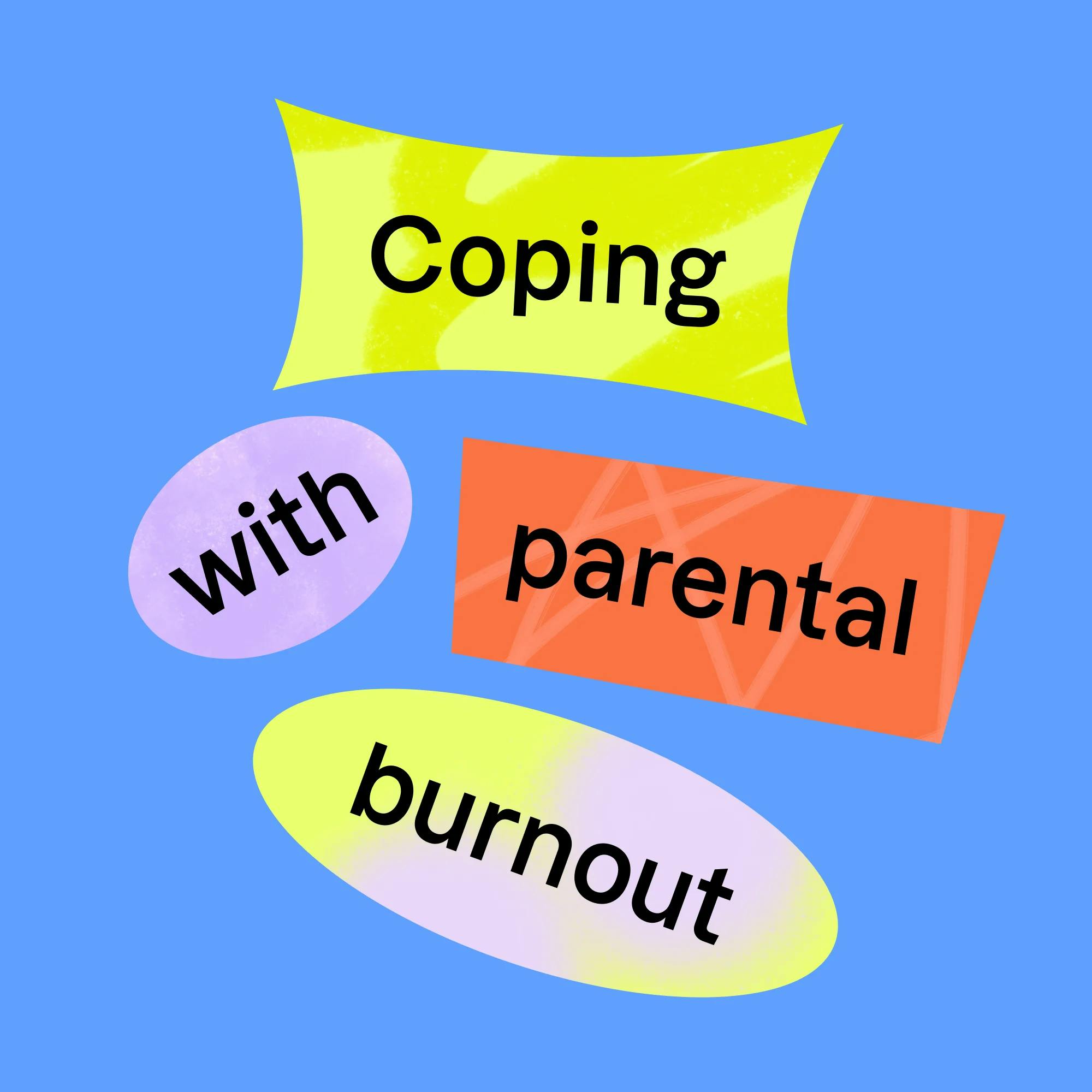
How to Support and Advocate for Your Child with Apraxia
 Abby Barnes, M.S., CCC-SLP
Abby Barnes, M.S., CCC-SLP
If you have a child with childhood apraxia of speech (CAS), the diagnosis may sometimes feel overwhelming. You want to do everything possible to support your child and ensure they’re understood. Apraxia is a motor-planning disorder, in which the brain struggles to communicate with the muscles in the mouth to tell them how to move in order to speak.
Children with apraxia will likely need special services and support, such as speech therapy or accommodations at school. The good news is that there are many ways you can help your child with apraxia and get them the services they need. In this article, we’ll cover:
Tips for supporting your child emotionally
Other diagnoses and symptoms that can coexist with CAS
Services your child may need, such as an IEP or 504 plan
Ways you can advocate for your child
Find the right speech therapist for your child
We'll match you with a licensed speech therapist who's experienced in your child's needs and available when you are.
 Get started
Get startedHow to support your child with apraxia
One of the best ways to help your child with apraxia is to let them know that their thoughts and needs are important, and that you recognize them. While it may not always be easy to understand your child’s speech, there are many ways you can let them know you recognize what they need. Pay attention to their facial expressions and gestures for clues as to what they’re saying. And when you do clearly understand what your child is trying to communicate, let them know it!
If you notice your child is feeling sad or frustrated, provide some extra comfort. Your child will feel your support and know that you see how they’re feeling.
While you may not always understand your child’s speech, there are many ways you can let them know you recognize what they need.
When your child is trying to communicate, encourage and praise them! You can tell them, “You are trying so hard! I’m so proud of you.” Children need to feel supported as they try things that are challenging, even if they aren’t successful by “mainstream” standards.
Another way to support your child is to help them practice their speech regularly. When your speech therapist gives you home activities to do with your child, do your best to complete them. This enables what’s being learned in therapy sessions to carry over to the home environment. The more your child practices, the more progress they’ll see.
Conditions that can coexist with childhood apraxia
While CAS can exist on its own, it’s not uncommon for a child to have other diagnoses along with apraxia. This may affect the type of services and support they need.
For some children, a genetic component is likely the cause of CAS, or contributes to it. In some of these cases, there can be specific syndromes that are linked to CAS, such as Down syndrome, Klinefelter syndrome, or Noonan’s syndrome. But it’s important to note that all children who have these syndromes will not have CAS, and all children who have CAS will not have these syndromes.
Other issues that may present with CAS include neurological impairment from a stroke, epilepsy, or traumatic brain injury. CAS can result as a complication from these events.
You may also see issues with language development, literacy (learning to read and write), and social language.
Other motor issues that can arise along with CAS include:
Gross and fine motor issues
Clumsiness
Oral apraxia
Feeding difficulties
Abnormal orosensory perception (hypersensitivity or hyposensitivity in the mouth)


How to advocate for your child with CAS
When it comes to advocating for your child–speaking up on their behalf, for what they need in order to thrive–there is no one more equipped for this job than you. You know your child better than anyone else, and you’re already prepared to get them the services they need–simply by being their caregiver!
To be a successful advocate for your child, you need to know all about their label(s), or diagnoses. You can gain more insight by speaking with your child’s therapists, specialists, teachers, and doctors. And don’t forget other families who have a child with apraxia. You can learn a lot through parent support groups. Apraxia Kids offers several groups to choose from, both online and in locations around the country.
It also helps to educate yourself on your child’s rights under special education law. We discuss that in more detail in the section below.


For many caregivers, it’s not easy having a label put on their child, whether it concerns autism, apraxia, a speech delay, or another diagnosis. But labels actually help your child by enabling them to receive funding, therapy, other services, and a community of support. When you understand the benefits, hopefully this pill won’t be as hard to swallow.
If you notice your child needs help at home or at school, start doing research to find out what resources are available! As mentioned earlier, other families that are walking the same road are a great source of information. It’s also helpful to talk with your child’s pediatrician and speech therapist.
Understanding IEPs and 504 plans for children with apraxia
Starting school can be an exciting but scary time for families. There are many school-based resources available for your child if they have communication difficulties. We discuss some of these resources below, and Apraxia Kids offers helpful information about them as well. Individualized Education Plan/Program (IEP): This is a legal document in the United States that is developed for each child with special needs. The IEP is created by a team of teachers, specialists, therapists, and parents/guardians to document the goals of the child and how they will be completed in public school. An IEP might include special education services and accommodations, or changes to the child’s learning environment. 504 plan: Section 504 of the Rehabilitation Act of 1973 is a civil rights law that bans discrimination on the basis of disability. 504 was created to protect children with special needs. Under this law, schools must produce a formal plan for accommodating a student with a disability, such as providing extra time on tests.
504 plans are not part of special education. They are different from IEPs because they are covered by different laws and work in different ways. The main goal is the same, however: to help students become successful in school. Free Appropriate Public Education (FAPE): If your child has a diagnosed disability, they are entitled to this. FAPE ensures that the government is responsible for paying for the education of students with disabilities. This might include therapy, other services, or even communication devices. Children who qualify for FAPE receive an IEP, which is supervised by their public school. FAPE is part of the Individuals with Disabilities Education Act (IDEA).
Reading about special education laws can help you understand what your child is entitled to.
You don’t have to be an expert in special education to advocate for your child (even if it sometimes feels like you’re becoming one!). However, reading about special education laws can help you understand what your child is entitled to. And if you have the means, you may want to consider hiring a special education attorney. They can help you navigate the waters and ensure that your child is receiving all the services and accommodations that are lawfully theirs.


Talking with your child's teacher about apraxia
It’s also important to get to know your child’s teachers and staff at their school. They’re often an excellent source of information about available services and how the whole process works. You can always schedule a meeting with the school to ask them your questions. Each year, start the school year off by letting your child’s teacher know what challenges your child may face. It’s extremely helpful when everyone is informed and on the same page. Being a parent of a child with apraxia isn’t always easy. But you have an important role to play in helping your child grow in their confidence and abilities. Never hesitate to reach out for the support you need–there are plenty of people and resources there to help!
How Expressable Can Help
Concerned your child isn't reaching age-expected milestones? Looking for communication support from a professional? Expressable is a national online speech therapy practice serving children and adults. We treat all major areas of communication and feeding, offer flexible hours including evenings and weekends, and accept most major health insurance plans. We’re proud to have earned more than 3,000 5-star reviews from our clients (4.9/5 average).
Our therapy model is centered on parent and caregiver involvement. Research proves that empowering caregivers to participate in their loved one’s therapy leads to better outcomes. That’s why we combine live, 1-on-1 speech therapy with personalized education and home practice activities for faster progress.
Communication is more than words. It’s how we share how we feel and show who we are. We’re here to help you or your child do just that.








